Apple's 2012
Apple CEO Tim Cook promised a 2012 to remember, and with sweeping changes across the iOS and Mac ranges, new software and services, and more than a few courtroom battles, the Cupertino firm delivered. The new fourth-gen iPad with Retina display and its iPad mini sibling, along with the iPhone 5, cemented Apple's position as the benchmark against which new tablets and phones are measured. Yet it wasn't all smooth sailing, and the past twelve months saw Apple forced to wake up to a new position in the consumer electronics marketplace.
The iPad's share of the tablet segment has been jostled by capable entrants from Android vendors, but Apple's slate remains the go-to model, and the breadth of tablet-specific software in the App Store continues to put Google's Play market to shame. Apple in fact managed two full-sized iPads in 2012, the third-gen debuting Retina technology on a tablet back in March, and then promptly replacing it with the fourth-gen iPad in November.
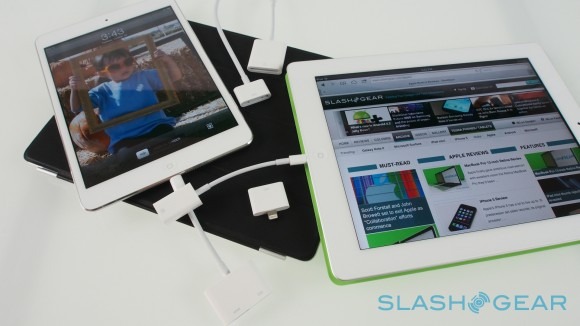
After Steve Jobs' oft-repeated comments about "tweener" tablets, however, it's the iPad mini which caught the imagination this year. Apple needed to take a new approach, given the founder's very public criticisms of the form-factor, and it did that with a combination of slick design along with a little compromise. Waifishly thin, the iPad mini gets us closest to the Star Trek fantasy of a futuristic PADD computer to-date, but by borrowing the core specifications of the original iPad's display, Apple ensured compatibility with all of the tablet software already in the App Store. Undercutting the full-sized iPad in price – which has evolved into something of an iPad "pro" for power users – and having no shortage of software has seen the iPad mini instantly carve a niche in a segment Apple was late to.
Check out our iPad mini review for all the details
On the topic of lateness, Apple eschewed its yearly refresh cycle by pushing the iPhone 5 back until mid-September, rather than the mid-summer launch of previous models. Adopting 4G LTE for the first time, and dropping the glass body of the previous two generations in favor of more resilient aluminum, the biggest change for the iPhone 5 was an increase in screen size: stepping up to 4-inches from the 3.5-inch panels of all previous models. The elongated iPhone looked a little stretched at first glance, but Apple made a convincing argument that a longer device of the same width made one-handed navigation just as easy as before, while developers would have less work to do getting their apps up to speed.
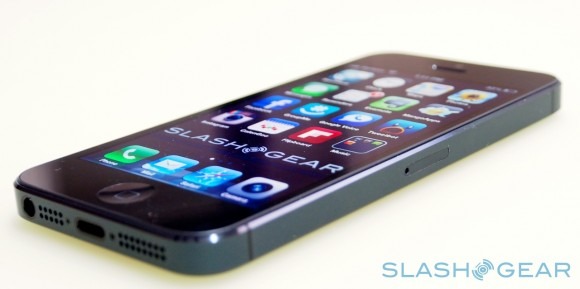
Apple's decisions around its Mac range have been more controversial. In portables, the new MacBook Pro with Retina followed the slick displays of the iPhone and iPad with a high-resolution panel first for the 15-inch (in June) and then the 13-inch (in October). A trimming of the unibody form-factor for the first time in some generations, meanwhile, made both thinner and lighter, prompting some split-decisions for potential MacBook Air buyers suddenly faced with the new 13-inch Pro.
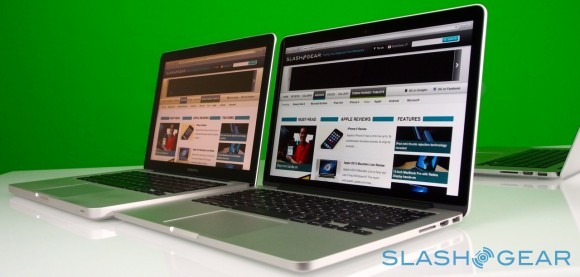
Thin was in for the iMac, too, with the all-in-one going on a diet thanks to some visual sleight of hand and condensed internals. No Retina display – such large-scale panels likely being in short supply and at too great a price premium right now – but still space for the Fusion Drive, a combined traditional hard-drive and chunk of flash storage for a relatively affordable balance of cost, capacity, and speed.
Check out our iMac 2012 review for all the details
With slimmer form-factors, however, has come reduced flexibility in user repairs and upgrades: of the new-design iMacs and MacBooks, only the largest iMac supports memory upgrades. None of them are amenable to storage upgrades, and even if you do manage to crack open the chassis without damaging it along the way, non-standard flash storage and other components reduce the potential for easy updates. That decision hasn't apparently dampened consumer spirits, but the impact may well not be seen until a few years into the life-cycle.
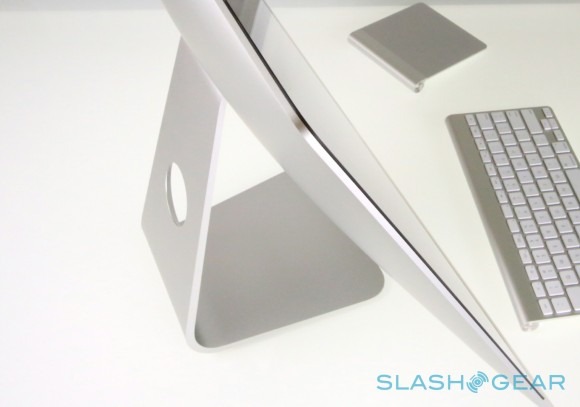
Meanwhile, Apple's computing behemoth, the Mac Pro, remains largely untouched, prompting concerns by pro-users that the company intends to either "consumerize" the desktop or, worse still, phase it out altogether in favor of higher-spec iMacs. A minor processor bump in June also saw maximum memory support doubled, but Thunderbolt is conspicuous by its absence, as is USB 3.0. Exactly what the upgrade path for Mac Pro users is today is unclear.
The controversy didn't end with hardware. iOS 6.0 launched alongside the iPhone 5, running into mixed opinions as to whether the platform's consistency with the very first generation OS was admirable consistency or a sign that things were getting stale at Cupertino. Any real conversation on that front was squeezed out by Apple Maps, however, a new service to replace the ousted Google Maps and one which quickly met with derision.
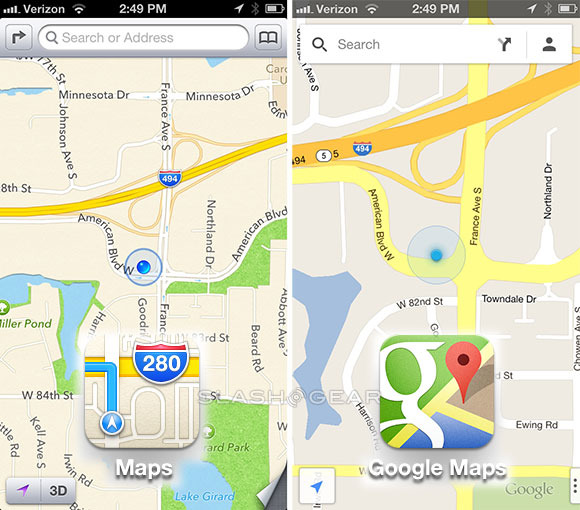
Out-of-date business data, misplaced locations, nonsensical directions, and a complete lack of public transportation assistance quickly soured initial positivity about the new interface, turn-by-turn driving directions, and 3D "Flyover" graphics. Apple was even forced to publicly apologize, a mea-culpa from Tim Cook quietly followed by the resignation of Maps chief Scott Forstall. Server-side polish continues, but a standalone Google Maps for iOS app almost instantly shot to the top of the App Store free downloads chart when released in December.
Apple's move to narrow the gap between desktop and mobile continued with the release of OS X Mountain Lion 10.8, hitting new Macs and old in late June. Borrowing features like Notification Center from iOS, and fettling the UI to be more similar – and, some criticized, more simplistic and at the cost of easily-accessible advanced features – to what iPad and iPhone users might be familiar with, it nonetheless became Apple's most successful Mac OS release to-date, with 3m downloads in the first four days.
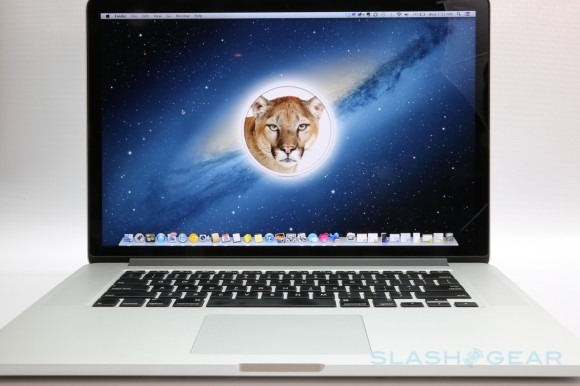
2012 wasn't all business-as-usual for Apple, however, despite a product range that for the most part has been successful. The first full year without any input from Steve Jobs, after his death in late 2011, has seen Tim Cook and Co. face a more critical audience. It's managed, for the most part, to adjust its position while putting a distinctive spin on each launch: following the smartphone industry with its progression to bigger displays, for instance, while opting for a panel aspect that still fits with one-handed use demands.
Still, where once the company might have been able to rely on brand, reputation, and some degree of Jobsian legacy to carry its decisions with sheer momentum alone, the Apple of 2012 and beyond has to adopt a more balanced position in the marketplace. That's involved legal tussling with Samsung (among others) as the phone industry as a whole tries to get to grips with what's generic functionality, what's unique to a brand, and what's legal homage. Meanwhile, the Apple-faithful – and Apple consumers in general, greater in number as the company's sales increase – have become more vocal in their support and in their complaints.
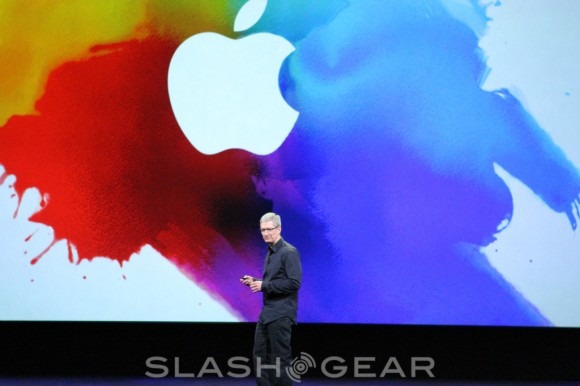
That's new territory for Apple, in recent years at least, but it's arguably better for the brand and its products. Just as you might not trust your friends' compliments about your new haircut, questioning their objectivity, so a groundswell of automatic applause every time you launch a product is a good way of losing sight of what the mainstream market thinks. Not so comfortable day to day – especially when the reaction to services like Apple Maps is so vitriolic – but better in the long term, and boding interesting times ahead for 2013.
You can keep up to speed with all the Apple news in our hub
